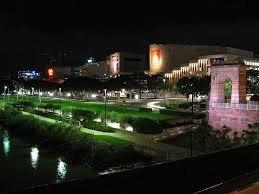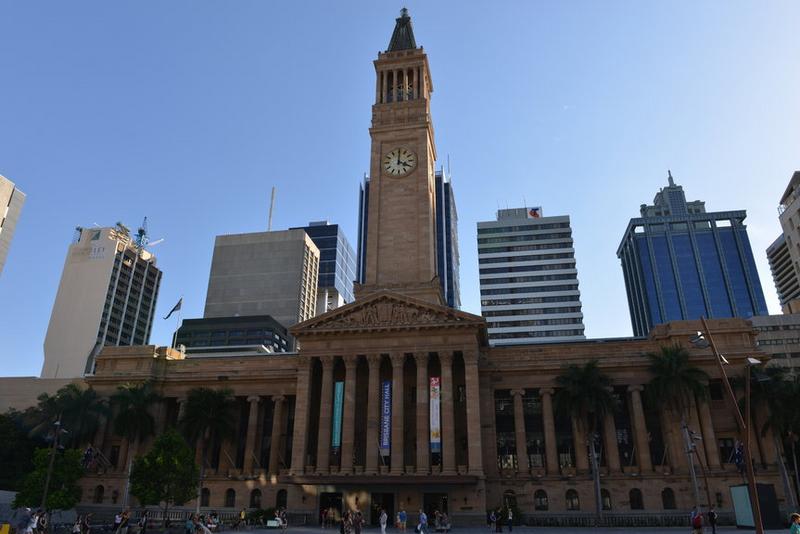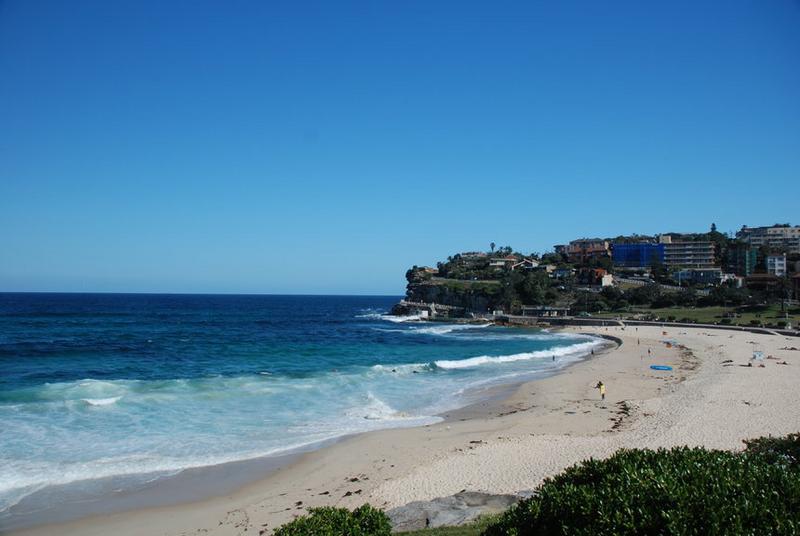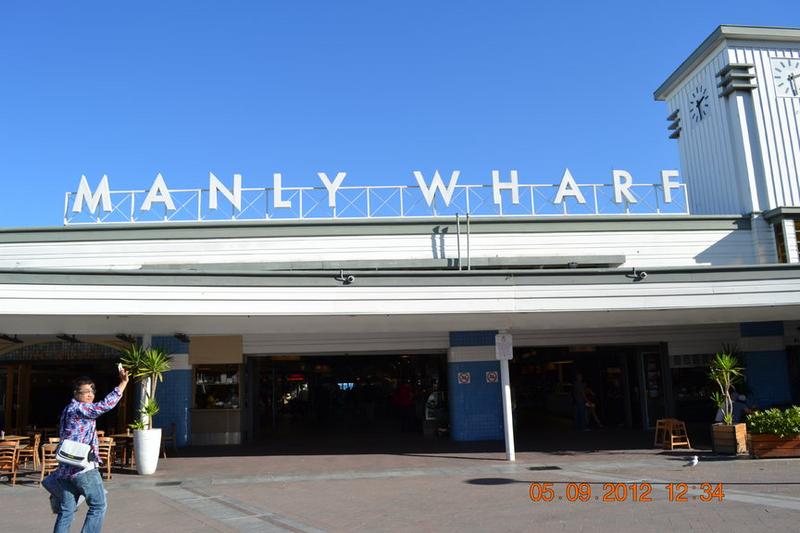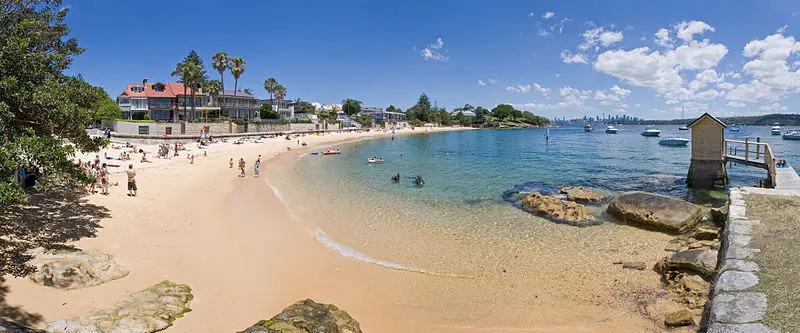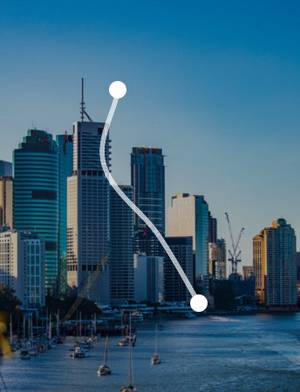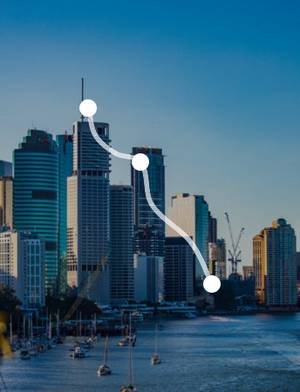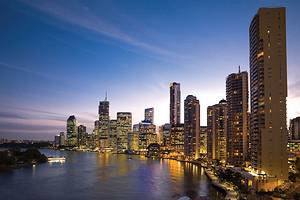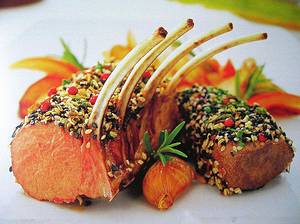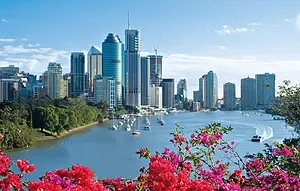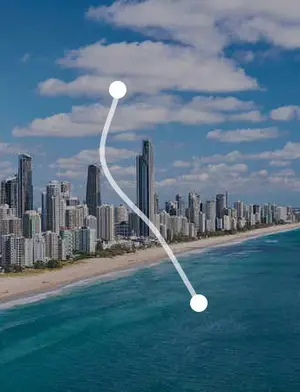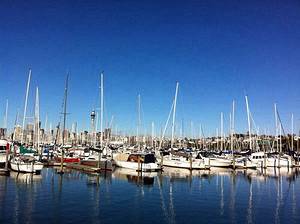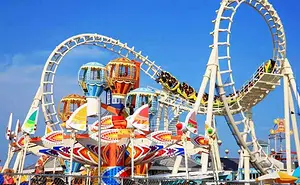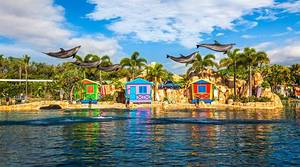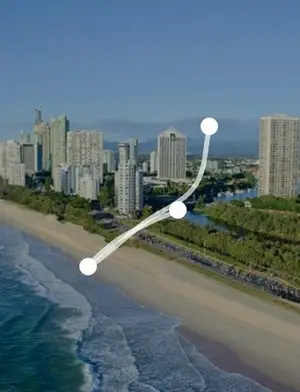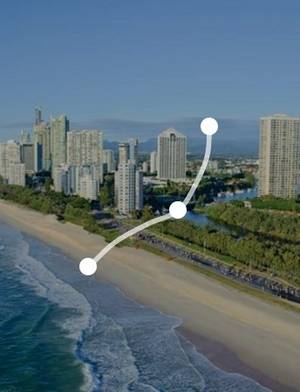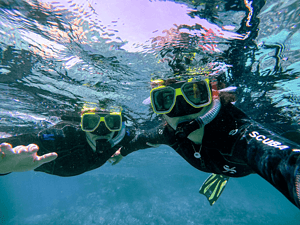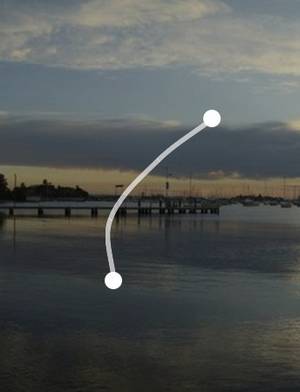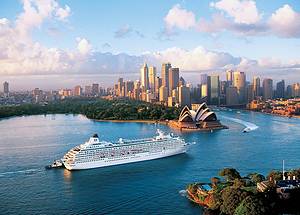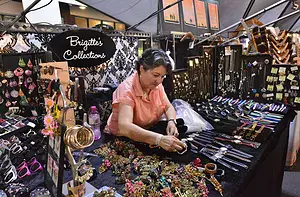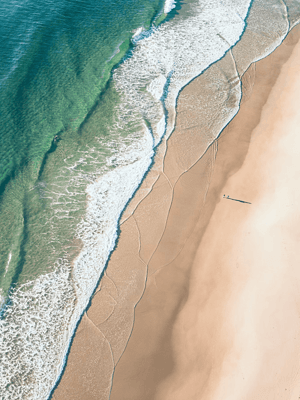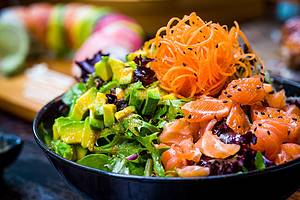Brisbane - Gold Coast 8-day self-driving tour
3 cities |
14 attraction(s) |
total distance 51
km
 TIPS
TIPS
Day1
Day2
Day3
Day4
Day5
Day6
Day7
Day8
Day1: Brisbane
2 attraction(s) ·
2 km
1
South Bank Park is located on the south bank of the Brisbane River. It is a linear waterfront park connected to the northern urban area of Brisbane by landmarks such as the Victoria Bridge. It is the best place to enjoy Brisbane's subtropical climate and a popular choice for outdoor picnics. The park features a pristine man-made beach and lush green grass, where visitors can have a barbecue, take a cruise to enjoy the riverside scenery, watch street performances on the plaza, or watch a movie on the large screen in the cinema.
2
km
2
Queensland Art Centre is located on the south bank of the beautiful Brisbane River, consisting of national art gallery, museum, library, opera house, and concert hall, making it the largest hub for art and culture in Brisbane. It frequently hosts large-scale performances, various art exhibitions, and gatherings.
Day2: Brisbane
1 attraction(s) ·
0 km
1
Brisbane City Hall is located in the city center and was built in 1930. It was closed for 3 years for reconstruction in January 2010. The towering clock tower was the largest and most expensive building in Australia before the completion of the Sydney Opera House in 1971. Prior to 1973, City Hall was the tallest building in Brisbane.
Day3: Gold Coast
1 attraction(s) ·
0 km
1
Taronga Wildlife Sanctuary, as a national cultural heritage in Australia, is home to hundreds of species of animals and birds. Here you can enjoy performances by Australian native animals and even feed kangaroos, as well as have a photo taken with a koala. Feeding rainbow lorikeets is a popular attraction among visitors. Don't forget to grab a map of the sanctuary and a schedule of various performances upon entering, so you can plan your visit accordingly.
Day4: Gold Coast
1 attraction(s) ·
0 km
1
Sea World is much bigger than Warner Bros. Movie World. It is located by the sea and the water inside is imported seawater. The dolphin and seal performances are very impressive. In addition to various shows, there are also many amusement facilities for both adults and children to enjoy. There are also interesting activities such as close encounters with dolphins underwater and helicopter tours of the Gold Coast, but there are additional fees.
Inside Sea World, there is a water park at the furthest end, which only requires an additional $5 AUD besides the entrance ticket (visitors with annual passes and VIP cards can enter for free).
It is recommended to go to Sea World early. Get a map at the entrance to familiarize yourself with the layout and take note of the show times. Plan ahead, and you can download the map and show schedule on the official website. If you plan to go to the water park, remember to bring your swimwear.
Day5: Gold Coast
1 attraction(s) ·
0 km
1
Warner Bros. Movie World was established on June 3, 1991, located on the Gold Coast in Queensland, Australia. It is one of the three most famous theme parks in Australia, along with Sea World and Dreamworld. It is approximately 55 kilometers from Brisbane, a city on the east coast of Australia, with a travel time of about 30 minutes. Warner Bros. Movie World is famous for its unique design style, exciting entertainment attractions, and rich performances. Every scene and building in the park will give you a sense of familiarity, as they are all inspired by movies produced by Warner Bros. Each meticulous imitation will make you feel like you are immersed in a movie plot.
If you want to experience thrilling entertainment attractions, get up close with animated stars, and witness the filming process of movies, why not visit Warner Bros. Movie World? Various entertainment facilities and performances can keep you entertained all day long, and cartoon characters and professional photographers often appear. Visitors can queue up to take photos with them (photos can be purchased at the photo studio in the park after 4:00 pm). Remember to go early and pick up a map at the entrance, which includes a route map and the schedule of performances.
Day6: Sydney
3 attraction(s) ·
10 km
1
Darling Harbour is a famous landmark in Sydney where you can choose to spend the night at a bar or dance hall, or simply sit on the wooden steps by the bay, letting the gentle sea breeze brush your face and thoughts. Surrounding Darling Harbour are various leisure and entertainment venues, such as Harbourside shopping and dining precinct, the National Maritime Museum, the Sydney Exhibition Centre, IMAX cinema, waterfront restaurants and bars, aquarium, and wildlife museum.
4
km
3
The Sydney Opera House is located in Sydney, Australia. It is one of the most iconic and distinctive buildings of the 20th century, and is a world-famous performing arts center and a symbol of Sydney. The designer of the opera house is Danish architect Jørn Utzon, and construction began in 1959, with the main theater completed in 1973. In June 28, 2007, the building was listed as a UNESCO World Heritage Site. The Sydney Opera House offers daily official Mandarin Chinese tours, each lasting thirty minutes, with knowledgeable Mandarin-speaking tour guides. The white exterior of the Sydney Opera House, shaped like a sculpted shell on the harbor, resembles floating petals in the air, and has been awe-inspiring for many years.
The Sydney Opera House is located on Bennelong Point in Sydney Harbor, with its unique sail-like structure and the Sydney Harbor Bridge as a backdrop, making it a charming sight. Thousands of tourists come to admire this building every day.
The Sydney Opera House consists of two main halls, several smaller theaters, performance halls, and other ancillary facilities. The two large halls are located within the larger sail-like structure, while the smaller theaters are located within the base. The largest hall is the Concert Hall, which can accommodate up to 2679 people. Originally designed as an opera house, the design was later changed, and even the completed opera stage was demolished and rebuilt. The Concert Hall features a large organ, known as the world's largest mechanical tracker-action organ, consisting of 10,500 pipes, built by Ronald Sharp from 1969 to 1979. The smaller hall is the actual opera house. Due to the initial design of the larger hall as an opera house, the smaller hall was considered unsuitable for large-scale opera performances, with a relatively smaller stage and limited space for the orchestra.
Day7: Sydney
2 attraction(s) ·
25 km
1
It is said to be named after a legendary surfer named Bondi. It is located on the eastern coast of Sydney, 15 kilometers from the city center, and is a 1.5-kilometer-long curved beach. Facing the Pacific Ocean, with strong winds and high waves, it is one of the two major surfing holiday destinations in New South Wales. Along the coastal road, there are diverse restaurants, cafes, surf shops, and souvenir stores.
25
km
2
Manly Beach is located northeast of Sydney Harbour, with its wharf located in the inner harbor. However, the beach itself is in the open ocean, the South Pacific. It is another popular surfing destination in New South Wales. The beach at Manly is very spacious, about 2.5 kilometers long, and can accommodate tens of thousands of people for leisure sunbathing, so it gets very crowded during holidays.
Day8: Sydney
3 attraction(s) ·
15 km
1
Circular Quay (also known as Circular Quay Wharf) is located in the Sydney region of New South Wales, Australia, between Bennelong Point and The Rocks on Sydney Cove's northern edge in the central business district of Sydney. It is also part of the local government area of the City of Sydney. Circular Quay is a vibrant area, bustling with families on holidays. It consists of 5 small wharves that offer access to 28 different destinations. It serves as a major transportation hub for tourists, who take ferries from here to famous Sydney attractions such as the waterfront, Taronga Zoo, Olympic venues, Elizabeth Farm, and the harbor.
Circular Quay features a waterfront promenade, pedestrian shopping center, parks, restaurants, and cafes, and it is home to a train station and multiple ferry terminals. The quay is shaped like a semi-circle and was originally known as "Semi-Circular Quay" before being simplified to its current name.
4
km
2
Mrs. Macquarie’s Chair
Mrs. Macquarie's chair is a stone seat carved by craftsmen in memory of Mrs. Macquarie. It is a park-like place. The green grass is lush, and towering ancient trees stand tall and sturdy on the grass. Under the shade, there are neatly arranged dark red wooden benches for people to rest. Mrs. Macquarie's chair is located just across a narrow bay from the Sydney Opera House, making it a must-visit place for Australian tourists. The lookout here is the best place to view the Opera House and Sydney Harbour Bridge. From here, you can appreciate both the Sydney Harbour Bridge and the Opera House, once again marveling at these two modern architectural wonders, which seem to be naturally integrated in terms of geography and structure.
12
km
3
If you want to appreciate the natural landscape eroded by the waves, you must visit The Gap in Watsons Bay. The land's rocks here have been eroded by the waves for millions of years, forming a stretch of sea cliffs that is about 3-4 kilometers long with a drop of approximately 200 meters. Due to its terrain, The Gap has also been known as Australia's most famous "suicide cliff" for many years, burying the souls of many people (but don't worry, the scenery here is really beautiful!).

